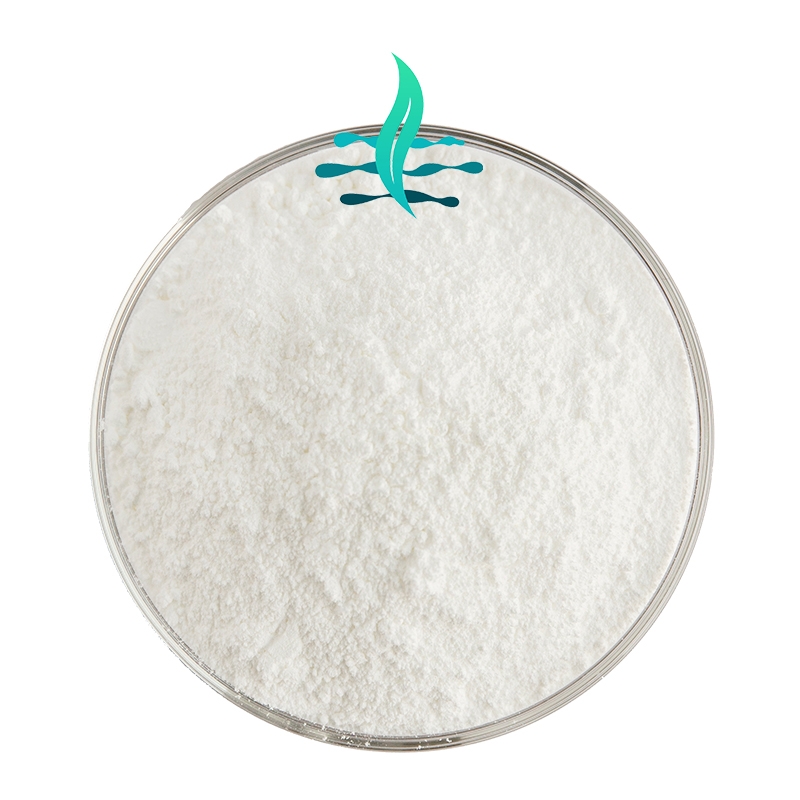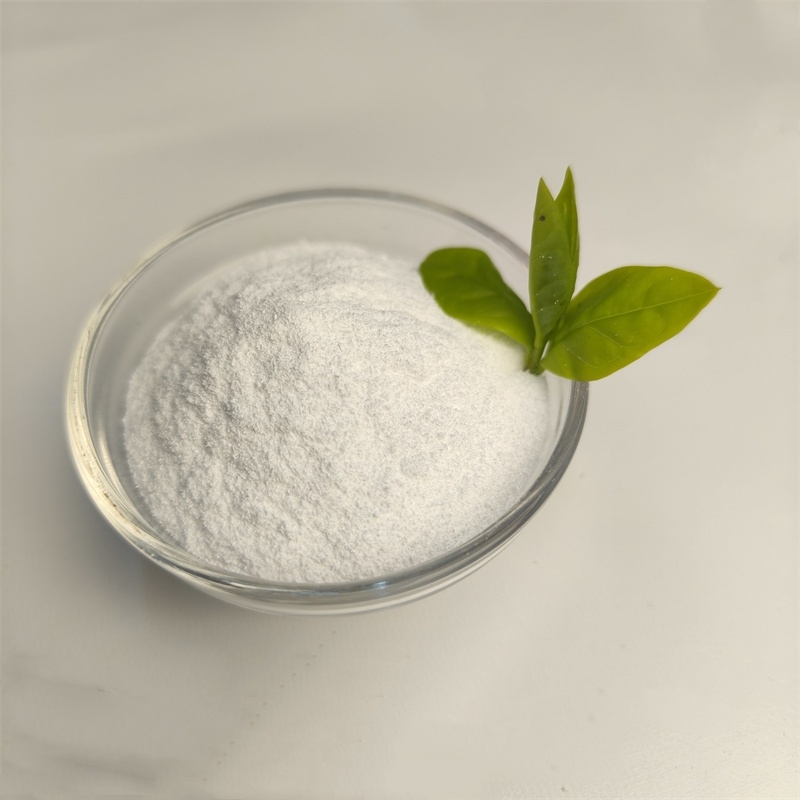-
Categories
-
Pharmaceutical Intermediates
-
Active Pharmaceutical Ingredients
-
Food Additives
- Industrial Coatings
- Agrochemicals
- Dyes and Pigments
- Surfactant
- Flavors and Fragrances
- Chemical Reagents
- Catalyst and Auxiliary
- Natural Products
- Inorganic Chemistry
-
Organic Chemistry
-
Biochemical Engineering
- Analytical Chemistry
-
Cosmetic Ingredient
- Water Treatment Chemical
-
Pharmaceutical Intermediates
Promotion
ECHEMI Mall
Wholesale
Weekly Price
Exhibition
News
-
Trade Service
!-- webeditor: page title . . . April 13, 2020 / / - In order to fight respiratory infections, the body needs a two-pronged response.
, it sends immune cells to the site to destroy pathogens.
then, the defense system must prevent those first responders from losing control.
If this "peacekeeping" effort fails, a common fever and cough could escalate into a life-threatening disease -- as happened to tens of thousands of COVID-19 patients in the global pandemic caused by the SARS-CoV-2 virus.
, macrophages -- large immune cells that devour pathogens -- are the first responders.
, however, researchers report in the journal Science Immunology that a small fraction of white blood cells in the lungs of mice infected with viral influenza have the opposite effect: they suppress excessive inflammatory responses.
these peacekeeping macrophages are also present in the human lungs, suggesting that they "may be very important to help COVID-19 patients fight inflammation and survive," said Shi Yuxuan, an immunologist at Suzhou University's First Affiliated Hospital.
the hospital sent staff and supplies to Wuhan, but was not involved in the new study.
study began seven years ago, when Kamal Khanna, an immunologist at NYU Langone Health at New York University, noticed something that shocked him.
time, his lab was working on a similar set of macrophages -- not in the lungs, but in the spleen, a blood filter officer in the lymphatic system.
the dyed mouse tissue under a microscope, macrophages form blue rings around areas of the spleen rich in immune cells.
"they look like nebulae," Khanna said.
image Source: Science Immunology These cells are not only visually impressive.
when researchers used intelligent genetic strategies to remove macrophages, mice died just two days after contracting a small amount of Lester bacteria, which they usually remove.
other notable finding was that the macrophages stagnated as other immune cells gathered in the anti-infective area of the spleen.
think this division is also present in (non-immune) organs," Khanna said.
spleen study published in 2017 laid the groundwork for a new analysis of the lungs.
in this complex organ, the vast majority of macrophages live in tiny airbags called angus.
but when the researchers examined lung tissue under a microscope, they found a much smaller but very different number.
macrophages are not as large and round as the alfal pulmonary macrophages (AMs), and rare macrophages are e lengthened and extended into their arms -- and cannot be found in the angus.
these newly discovered cells are called macrophages (NAMs) associated with the nerves and the gas channel, which gather in the air and interact with the surrounding nerves.
whole branch of the channel is lit up by these macrophages," Khanna said.
in another group, his team depleted mice with AMs or NAMs and then infected them with influenza viruses and normal mice, comparing the levels of the virus in each group.
these experiments reveal a division of labor: AMs help fight viruses, while NAMS keeps the peace and prevents tissue damage.
Mallar Bhattacharya, a macrophage biologist at the University of California, San Francisco, who was not involved in the study but called it "a clever application of new tools to remove specific macrophage subtastes," said Mallar Bhattacharya, a macrophage biologist at the University of California, San Francisco, who was not involved in the study.
" NAM-depleted mice produced higher levels of several inflammatory molecules, including one called IL-6, which is involved in what is known as a "cytokine storm" that occurs in some severe COVID-19 patients.
a recent study, 191 patients treated in Wuhan had higher levels of IL-6 in their blood than survivors.
clinical trials are currently evaluating the efficacy of TAKING IL-6 blockers in COVID-19 patients.
IL-6 blocker is a drug used to treat rheumatoid arthritis.
new study does not show how the interaction between NAMS and nerves is related to the function of these immune cells.
Khanna hopes to be inspired in future mouse studies by consuming NAMS and assessing the health of the surrounding nerves, or by studying the effects of different types of infections on the optic nerves of the tragastics.
recent studies have shown that chemical communication between intestinal macrophages and nerve fibers can control peristalsis, the movement of food within the digestive tract.
more pressing question is whether NAMS is related to COVID-19.
to this end, Khanna is working with the Langone Health Center at New York University to obtain fresh lung tissue from people who die of COVID-19, but doing so is logically difficult and potentially risky.
, given the rising number of cases in New York City, the bigger challenge now is that "our lab is basically closed," Khanna said.
() Reference: 1 Basak B. Ural et al. Property of a nerve-associated, lung-resident interstitial macrophage subset with distinct localization and immunoregulatory properties. Science Immunology 27 Mar 2020: Vol. 5, Issue 45, eaax8756 DOI: 10.1126/sciimmunol.aax8756 CD169 plus macrophages orchestrate innate immune responses by variableinging localization in the spleen. Science Immunology 06 Oct 2017: Vol. 2, Issue 16, eaah5520 DOI: 10.1126/sciimmunol.aah5520/!--/ewebeditor:page--!--ewebeditor:page=""""""""""""""""""""""""""""""""""""""""""""""""""""""""""""""""""""""""""""""""""""""""""""""""""""""""""""""""""""""""""""""""""""""""""""""""""""""""""""""""""""""""""""""""""""""""""""""""""""""""""""""""""""""""""""""""""""" COVID-19: consider cytokine storm syndromes and immunosuppression !--/ewebeditor: page--.







